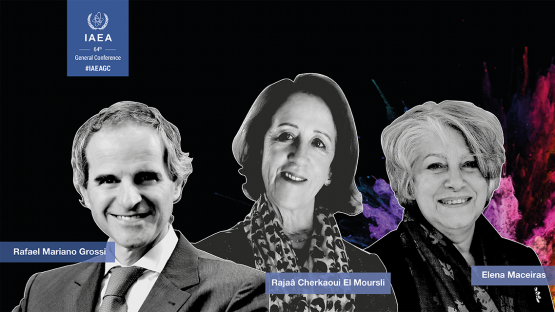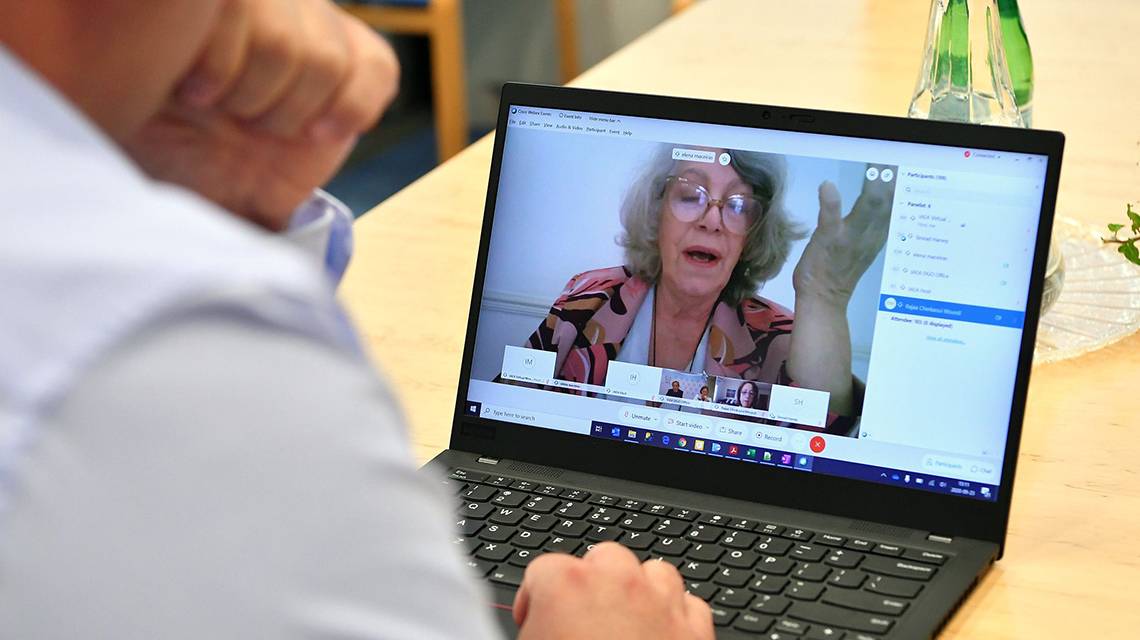“It is not just important, it is key”. This was IAEA Director General Rafael Mariano Grossi’s reply today when asked about the role gender parity plays in creating a stronger, equal and more diverse workforce to fuel development and sustainability in nuclear.
He was speaking during an event held on the margins of this year’s IAEA General Conference. Joining Mr Grossi in the discussion were Rajaâ Cherkaoui El Moursli, Professor of Nuclear Physics at the Faculty of Science of the Mohammed V University of Rabat, Morocco and Elena Maceiras, Secretary of the Brazilian-Argentine Agency for Accounting and Control of Nuclear Materials. Panelists urged for greater efforts to challenge the status quo.
“Having worked with the nuclear sector for many years, I was often impressed by the high caliber of women working in this field and yet troubled to find them in relatively small numbers,” said Mr Grossi. “This indicated that nuclear was missing out on a wealth of talent and expertise, which is unacceptable particularly as nuclear is making an increasing contribution to global issues such as health, food security and access to clean energy and clean water.”








